- About us
- Support the Gallery
- Venue hire
- Publications
- Research library
- Organisation chart
- Employment
- Contact us
- Make a booking
- Onsite programs
- Online programs
- School visit information
- Learning resources
- Little Darlings
- Professional learning
Francis Tuckfield (1808–1865), missionary, worked as a miner and a fisherman before deciding to become a preacher. Selected by the Wesleyan Mission of London as a missionary to the Aboriginal people of the Port Phillip district, he arrived in Melbourne with his wife Sarah (née Gilbart, c. 1808–1854) in 1838. He then undertook a number of journeys around the Geelong and Colac districts – some with the ‘wild white man’ William Buckley as his interpreter – to find a place for the establishment of a mission. He settled on a site on the Barwon River near Birregurra and established the Buntingdale Mission in 1839. Sarah worked as the station’s nurse and teacher while also raising several children. Buntingdale closed in 1848, after which the Tuckfields lived in Geelong, Sydney and Maitland.
Family tradition holds that these portraits were painted in England prior to the couple’s departure for Australia in 1837. A stamp on the reverse of both works, however, shows that the canvases were supplied by a London firm that operated between 1851 and 1854, suggesting that these are later, locally-made copies of the original paintings.
Collection: National Portrait Gallery
Gift of the Freer Tuckfield family 2010
Donated through the Australian Government's Cultural Gifts Program
Francis Tuckfield (age 46 in 1854)
Michael Freer (2 portraits)
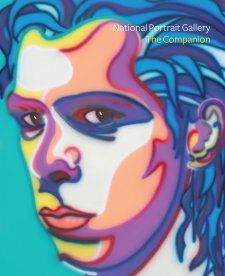
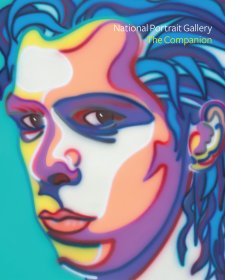
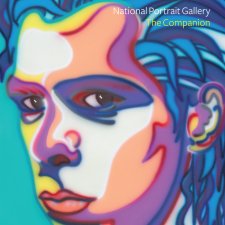
On one level The Companion talks about the most famous and frontline Australians, but on another it tells us about ourselves.

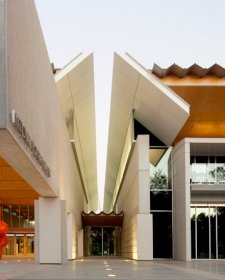
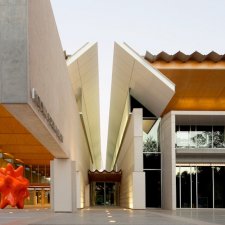
Visit us, learn with us, support us or work with us! Here’s a range of information about planning your visit, our history and more!
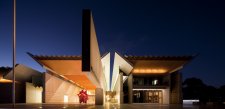
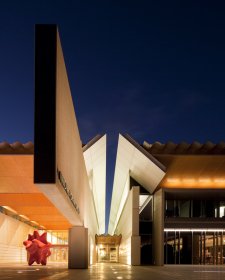
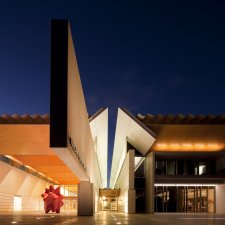
We depend on your support to keep creating our programs, exhibitions, publications and building the amazing portrait collection!